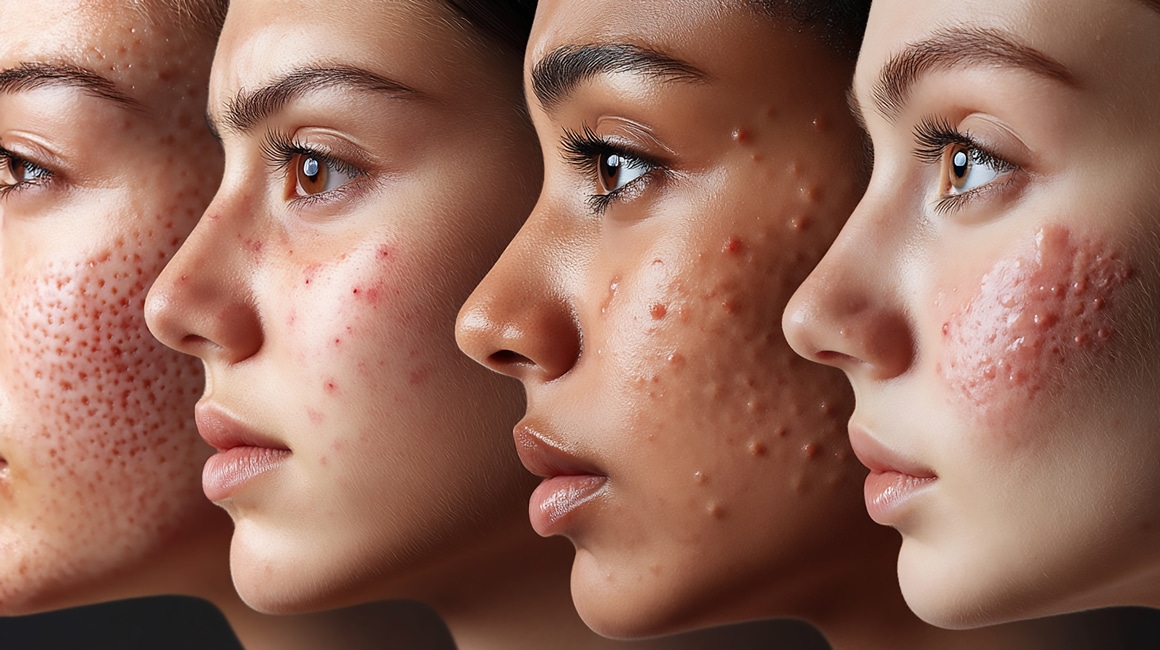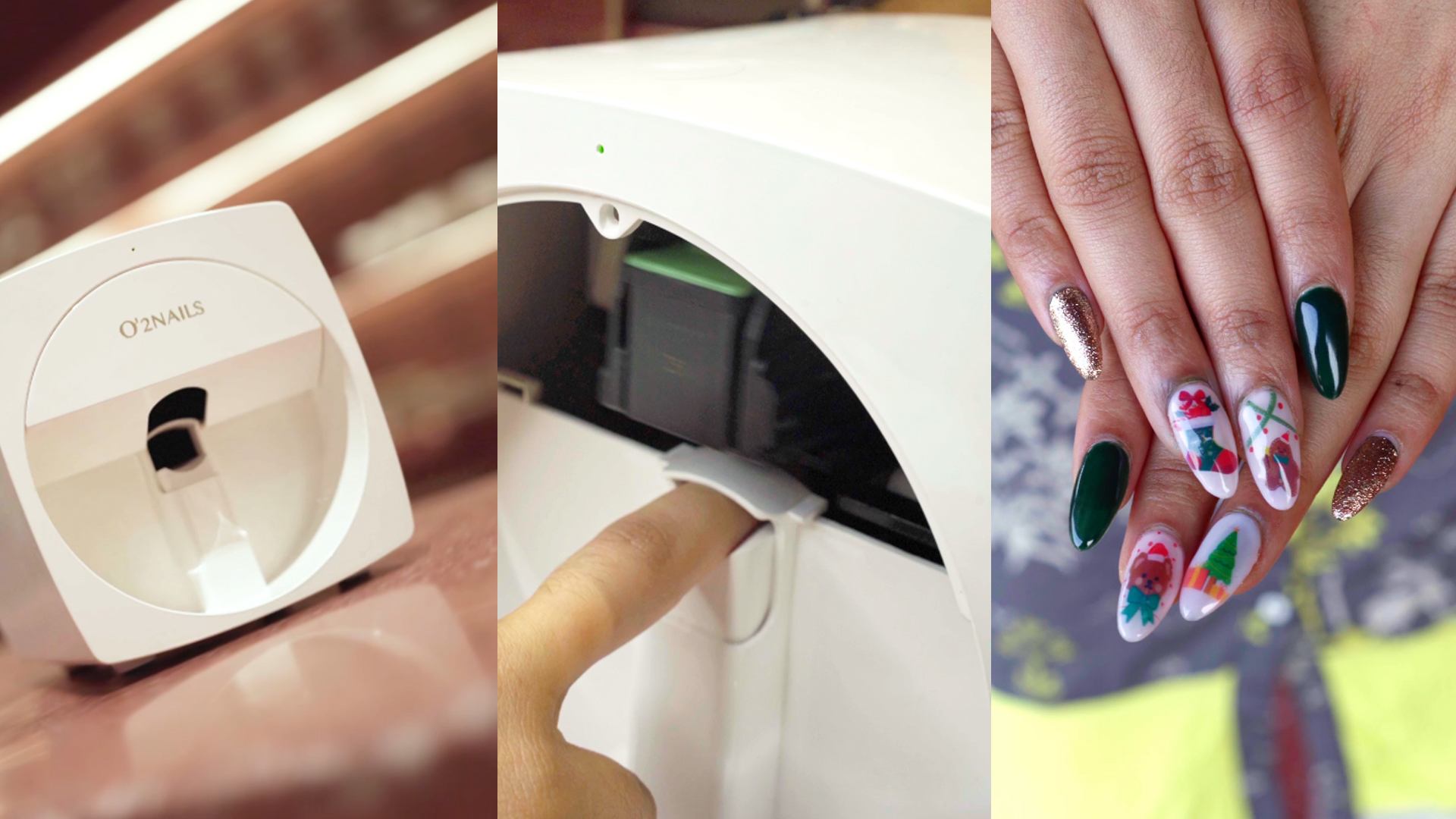Acne may come and go, but the scars it leaves behind can feel permanent affecting not just your skin, but your confidence. Understanding the different types of acne scars is the first step toward choosing the right treatment and finally seeing clear, smooth skin again.
At ANLON Skin & Aesthetics, we take a scientific, dermatologist-led approach to acne scar management. Here’s a breakdown of the most common scar types Rolling, Boxcar, and Ice Pick and how we treat each effectively.
Why Acne Scars Form
When acne penetrates deep into the skin, it damages the surrounding tissue. As the skin heals, it either produces too much collagen (causing raised scars) or too little collagen (leading to depressions or pits). The result? Visible scars that vary in shape and depth.
Not all scars are the same, and identifying their type is crucial because each requires a different treatment strategy.
1. Rolling Scars
How They Look
Rolling scars create broad, wave-like depressions across the skin. They are shallow with smooth edges and give the skin an uneven, “rolling hills” appearance.
Best Treatments
- Microneedling / Collagen Induction Therapy
Creates controlled micro-injuries to stimulate collagen production, gradually lifting the skin. - Subcision
A minor in-clinic procedure where a needle is inserted to break the fibrous bands that tether the scar down. - Radiofrequency Microneedling (RF-MN)
Combines microneedling with radiofrequency energy for deeper collagen remodeling.
At ANLON, we often combine subcision with RF-MN for maximum improvement in rolling scars.
2. Boxcar Scars
How They Look
Boxcar scars are broad, rectangular depressions with sharply defined edges. They are usually wider than ice pick scars but shallower, making them more noticeable under certain lighting.
Best Treatments
- Fractional CO₂ or Er:YAG Laser Resurfacing
Targets the scarred tissue and stimulates new skin formation. - TCA CROSS (Chemical Reconstruction of Skin Scars)
Trichloroacetic acid is applied directly to the scar to stimulate collagen remodeling. - Dermal Fillers
Temporary fillers can be used to lift depressed scars for smoother texture.
Boxcar scars respond well to fractional lasers, and we tailor the settings based on scar depth and skin type to ensure minimal downtime.
3. Ice Pick Scars
How They Look
These are the narrow, deep “pits” that look like small holes in the skin. They are the most difficult type of scar to treat because of their depth.
Best Treatments
- TCA CROSS Technique
Gold-standard treatment for ice pick scars stimulates collagen production from the base of the scar. - Punch Excision or Punch Elevation
A minor surgical procedure where the scar is removed or lifted, followed by suturing or grafting. - Fractional Lasers (for refinement)
Often used after TCA CROSS or excision to smooth out the surface.
At ANLON, we use a staged approach treating deeper scars first (with TCA CROSS or excision) and following up with resurfacing for best results.

Combination Therapy is Key
Rarely do patients have just one type of scar most have a mix of rolling, boxcar, and ice pick scars. This is why a single treatment rarely delivers optimal results.
Our dermatologists at ANLON create a personalized treatment plan that may include a combination of:
- Subcision
- RF Microneedling
- Chemical Peels
- Fractional Lasers
- PRP (Platelet-Rich Plasma) Therapy
- Topical & Oral Skincare Support
This multi-modality approach ensures collagen remodeling at multiple levels, giving you smoother, firmer skin over time.
Post-Treatment Care
Acne scar treatments work best when supported by:
- Sun Protection: Daily SPF to prevent post-inflammatory hyperpigmentation.
- Medical-Grade Skincare: Retinoids, Vitamin C, and gentle exfoliants for ongoing collagen stimulation.
- Healthy Lifestyle: Adequate sleep, hydration, and a balanced diet to boost skin repair.
Takeaway
Acne scars are not all the same and neither are their treatments. Whether you have rolling, boxcar, or ice pick scars, there are proven, dermatologist-led solutions available today.
At ANLON Skin & Aesthetics, we specialize in advanced acne scar correction, using evidence-based protocols and state-of-the-art technology to give you real, visible results.
Sources:
- American Academy of Dermatology Association (AAD): Acne Scars: Diagnosis and Treatment
- Journal of Clinical and Aesthetic Dermatology, 2023: Combination Approaches for Atrophic Acne Scars




